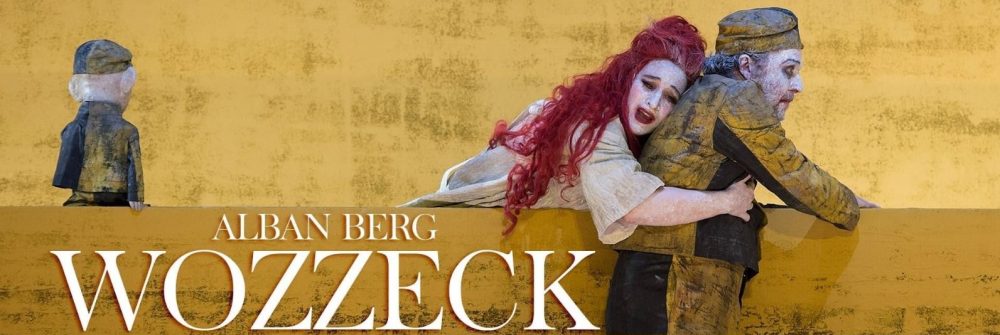In Albi, in the Tarn region of southern France, where the Cathedral is claimed to be the largest brick building in the world. It was designated a UNESCO World Heritage Site in 2010. Whilst it has quite an austere exterior, the inside is richly decorated with frescoes and sculpures in the Southern French Gothic style (gothique méridional), which arose in the early thirteenth century following the victory of the Catholic Church over the Cathars. The main part of the cathedral was constructed between 1282 and 1300, with the 78 metre tall bell tower being added between 1355 and 1366. Much of the interior decoration was completed in the fifteenth century.
The rood screen, which separates the chancel and the nave, was made of filigree stone between 1474 and 1483. It is highly ornamental and surrounds the entire choir. Whilst it was threatened with destruction during the French Revolution and many of the statues on its outer face were smashed, fortunately the screen itself survived.
The fifteenth-century rood screen
The nave is 97 metres long, 30 metres high, and 19 metres wide and its walls and vaults are entirely covered with decoration.
The nave with its decorated vaults
The vaults of the choir
The mural of the ‘Last Judgement’ on the interior of the western front was painted at the end of the fifteenth century. Most of it is now in two parts as some of the central figures, including Christ and Archangel Michael, were removed in 1693 to make a doorway into the Chapel of Saint Clair. The upper part of the fresco depicts sinners awaiting judgement, whilst below are the torments of those condemned.
‘Last Judgement’ fresco (Fifteenth century)
The Treasury is a vaulted chamber attached to the ambulatory on the north side of the cathedral. It was constructed in the late thirteenth century and used to keep precious objects as well as the church archives.
‘Life of the Virgin and Child’ polyptych (Fourteenth century)
Chest containing relics of Saint Ursula (Fourteenth century)




















